Pollution in photovoltaic panels creates a layer that prevents sunlight from entering the cell. As the mass of dust accumulation increases, the power output and efficiency of the module decrease. In order to avoid this loss of efficiency, photovoltaic panels must be cleaned correctly and regularly.
Pure deionized water must be used to clean photovoltaic panels. Deionized pure water is free from dissolved substances in the water. Unlike solutions (Acidic, Basic, Alcohol), deionized pure water does not leave stains on the panels. An additional rinse may be required when using a solution. Thus, after cleaning, there is no obstacle to sunlight reaching and absorbing the panel. Detergents and chemical containing products should not be used to clean photovoltaic panels from dust and dirt without being sure of their content. Test reports of the solutions to be used should be examined and the mixture should be prepared and used at the specified concentrations.
If the solution is used in high amounts, marks can be seen on the glass surface of the solar panels and corrosive effects on the sub-construction, as shown in the image.
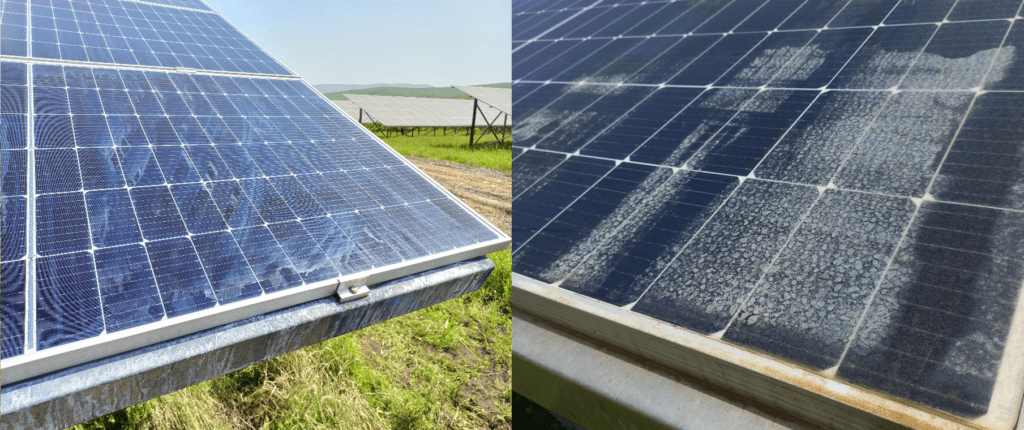

Cleaning the panels always brings with it the risk of being caught in high voltage. To avoid being electrocuted, the panels should be cleaned with non-conductive deionized pure water. In this way, occupational safety can be protected. When cleaning the photovoltaic panel, care should be taken to ensure that the temperature of the water and the temperature of the panel are at the same rate. Cold water should not be poured on the hot panel. Otherwise thermal shock may occur. Panels may become unusable.
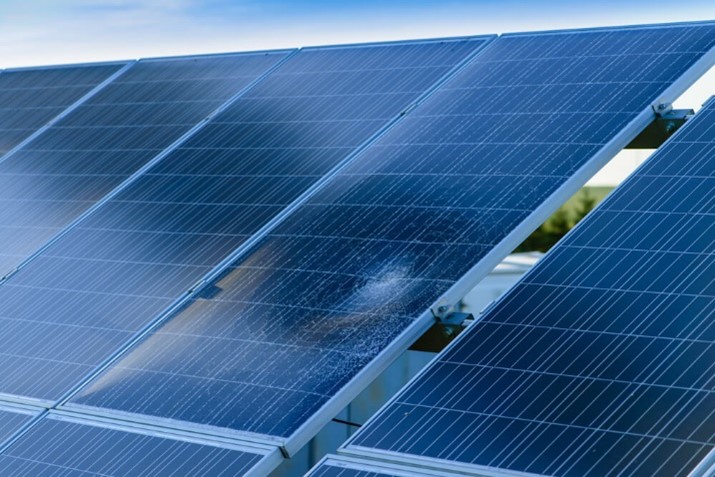

Brushes used for cleaning should not damage the panel surface. During panel cleaning, the panel should not be stepped on and should never be walked on. Due to the weight of the human body, small, invisible cracks may occur on the panel. Serious problems, especially electric shock, may occur due to rainwater leaking into cracks or liquids used for cleaning. Abrasive or hard brushes can scratch the delicate anti-reflective coating on the surface of the panel. These scratches, no matter how small, can scatter incoming sunlight, reducing the amount of light absorbed and converted to electricity. If the brush leaves streaks or debris behind, these act like tiny shadows on the cells and block some of the incoming sunlight, reducing overall power production.
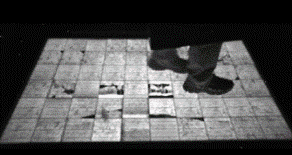

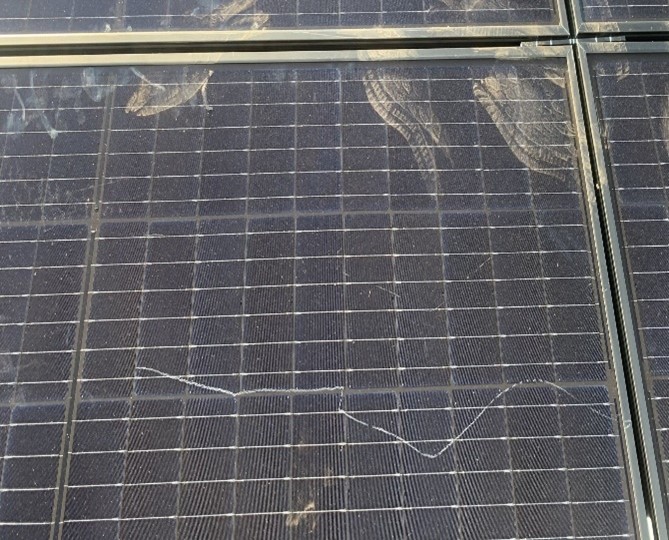

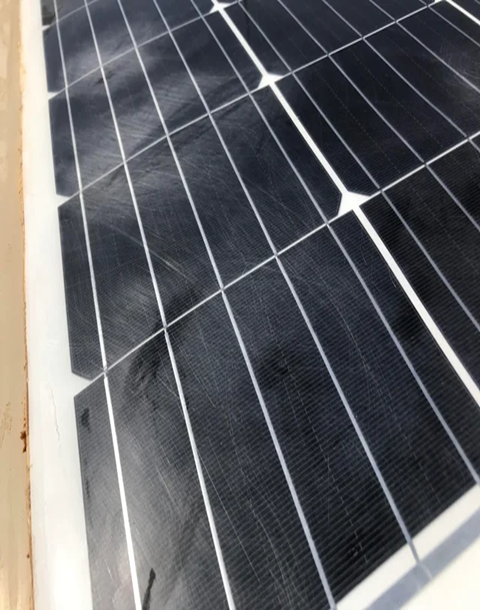

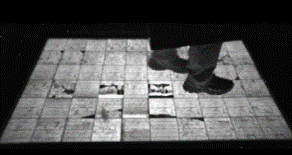


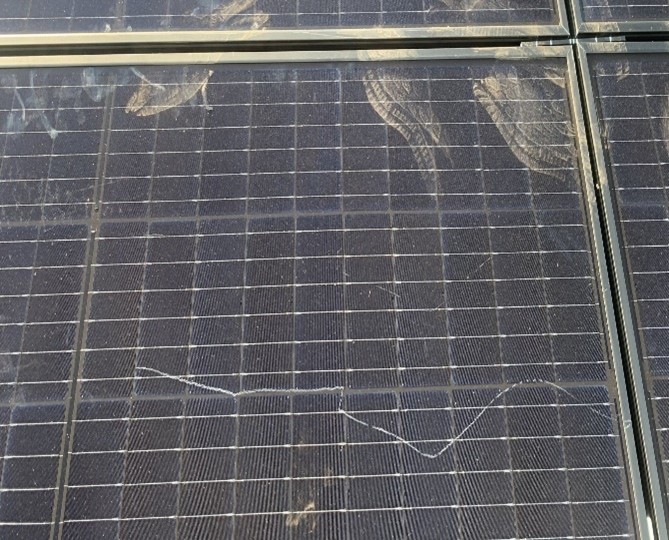


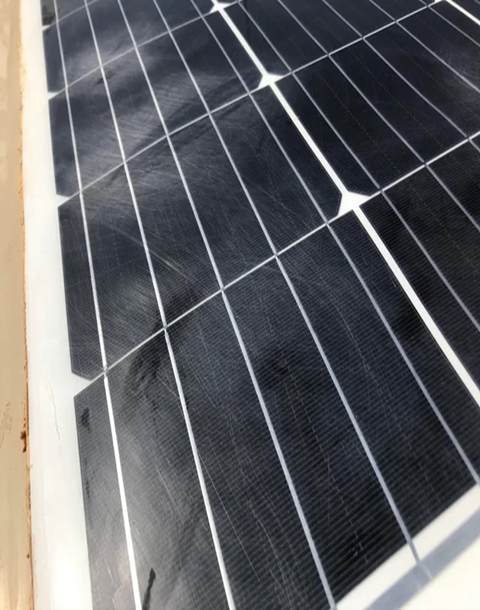











Figure 3. Manual Visualization of the Effect of Stepping on the Panels and the Scratches That Will Occur on the Panel If Appropriate Equipment is Not Used
Prepared by: Batuhan Mert LAÇİNKAYA
For your questions: batuhanlacinkaya@rob-sys.com
Date: 12.07.2024
The entire content of this website, including but not limited to code, design, text, images, videos, and all other elements, is protected under the provisions of Law No. 5846 on Intellectual and Artistic Works and applicable legal regulations. Any unauthorized copying, reproduction, dissemination, publication, or use of such content, whether for commercial or non-commercial purposes, shall result in legal proceedings.











